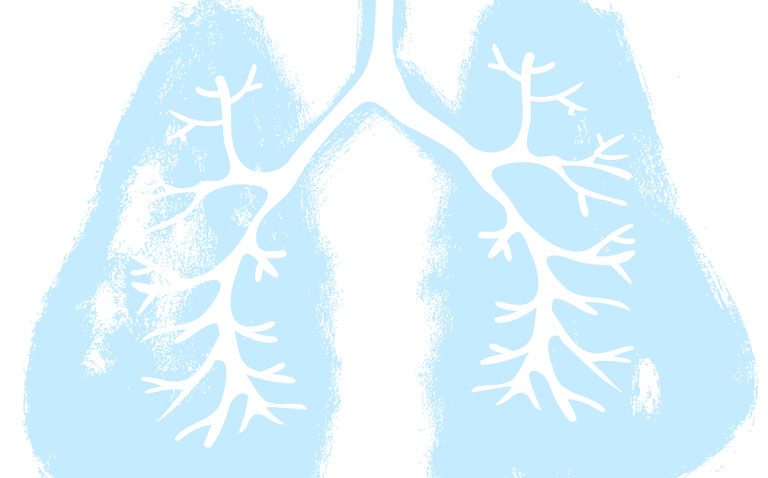New research has revealed insights into common asthma aerosol treatments to aid the drug’s future improvements which could benefit hundreds of millions of global sufferers.
Lung diseases such as asthma are a major global health burden, with an estimated 330 million asthma sufferers worldwide. The most effective treatments are through direct inhalation of medicine to the lungs. However, generating the aerosols for inhalation is a scientific challenge because of our limited knowledge of the microstructure of drug products before they are aerosolised.
University of Manchester-based scientists have demonstrated how they have used X-ray CT scanning to quantify the tiny microstructures of individual particles from the drug product at the nano-scale.
This is the first time that the 3D microstructure has been revealed and gives scientists and pharmaceutical producers a better understanding of the behaviour of the drug product under aerosolisation.
Lead author of the research, Dr Parmesh Gajjar said: “We have been able to visualise a drug-blend in 3D, and see the interplay between drug and non-drug particles in the medicine. This is important for final quality control of asthma medicines to check the actual amount of drug and to help formulate improved asthma medications.”
Due to the new technological innovation the findings was initially announced at the Respiratory Drug Delivery (RDD) 2020 conference. The group’s work was selected to be a key presentation at the global conference, originally scheduled to take place in Palm Springs but now occurring in a digital format as a result of the global COVID19 pandemic.
The work was made possible through the high-resolution x-ray computed tomography (XCT) instruments in the word leading Henry Moseley X-ray Imaging Facility (HMXIF) at The University of Manchester that provide the capability to analyse a sample at up to 50 nanometres in resolution.
This is particularly important for the inhalation medicines which require aerosolisation to generate particles small enough to be adsorb via the lungs. In this project the particles measured less than 5µm to reach the deepest parts of the lungs.










